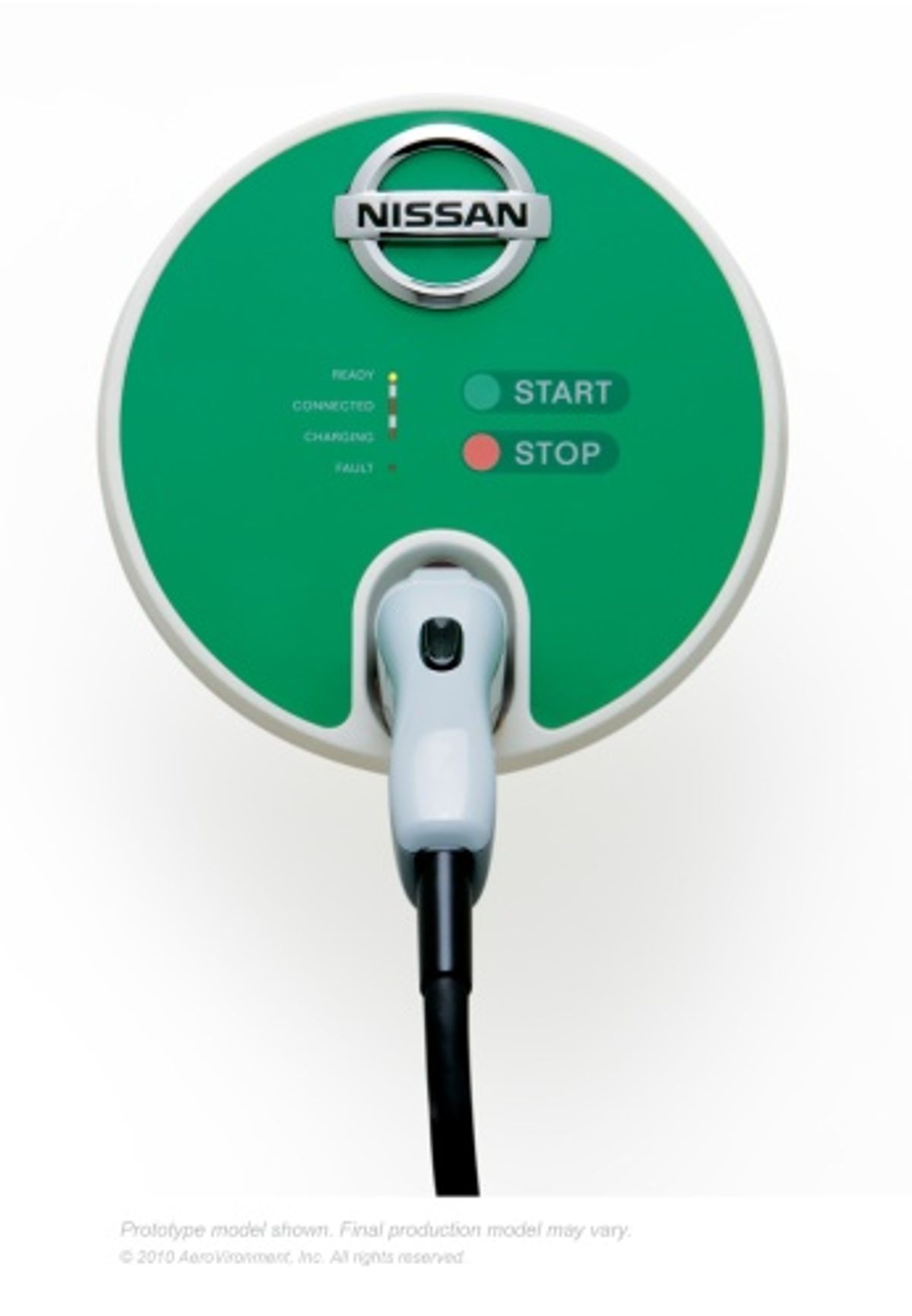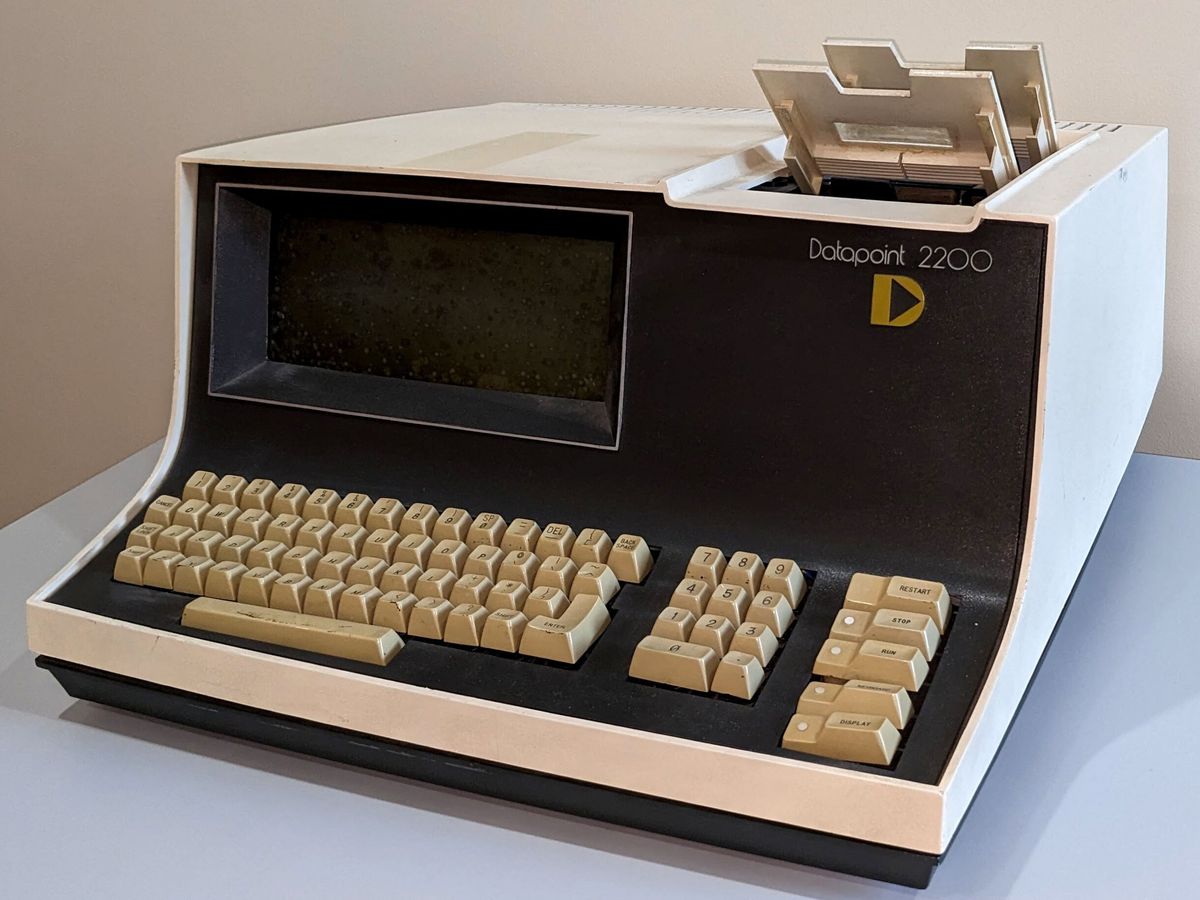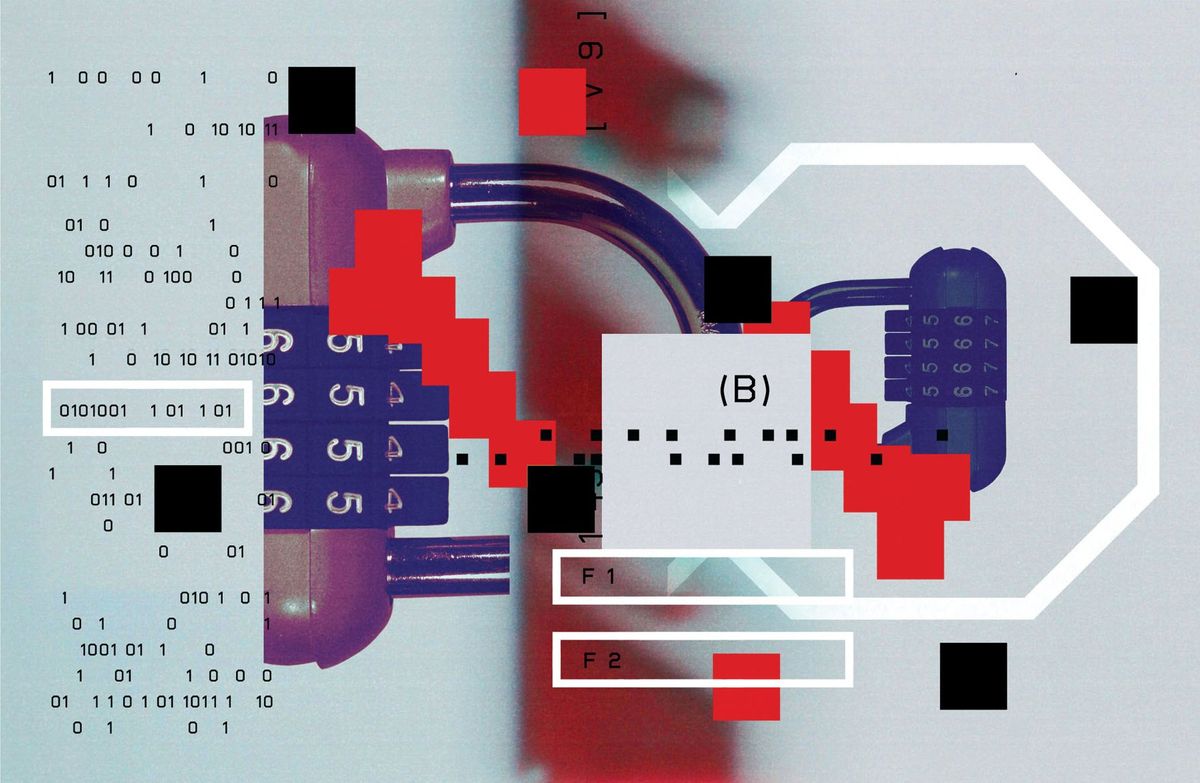Electric vehicle enthusiasts tend to poo-poo the practical and technical challenges posed by home-vehicle charging -- witness the hostile comments to our coverage of concerns voiced by California such as PG&E and Southern California Edison that clusters of EVs could burn out block-level power circuits (see "Speed Bumps Ahead for Electric Vehicle Charging"). But Nissan, like the utilities, is leaving nothing to chance.
The idea is to make sure that infrastructure-induced challenges don't detract from the on-street excitement of driving an EV, according to a Nissan spokesperson quoted in a BNET post from the Detroit show today by New York Times clean-car blogger Jim Motavalli:
“We didn’t want to say, ‘Here’s your car, now you’re on your own."
-- Mark Perry, a Nissan spokesman handling the Leaf introduction
Motavalli adds that Nissan selected Monrovia, CA-based electric vehicle innovator AeroVironment to handle the program because they offered a rare combination of strong technology and customer service experience. AeroVironment's Nissan-branded 220-volt home chargers will charge a fully-depleted LEAF in 8 hours.
While there is considerable media focus on rapid-charging stations for electric vehicles (EVs) such as those offered by Project Better Place, most EV charging is likely to occur at home. That's a necessity in the short term given the present dearth of rapid charging stations available to the public, but it may also carry into the future.
Demonstrations by Tokyo Electric Power, for one, show that drivers actually run their EV batteries down further and then retank them more at home if rapid public charging stations are available. Why? Because they are more confident that they can pop in for a recharge in a pinch if they push their batteries too far. Getting home is assured.
Peter Fairley has been tracking energy technologies and their environmental implications globally for over two decades, charting engineering and policy innovations that could slash dependence on fossil fuels and the political forces fighting them. He has been a Contributing Editor with IEEE Spectrum since 2003.




